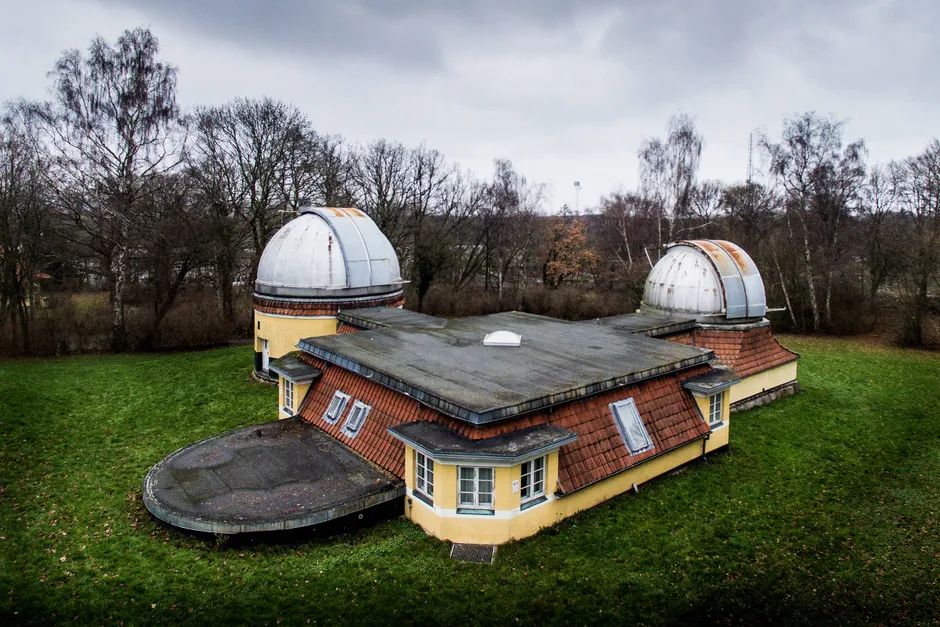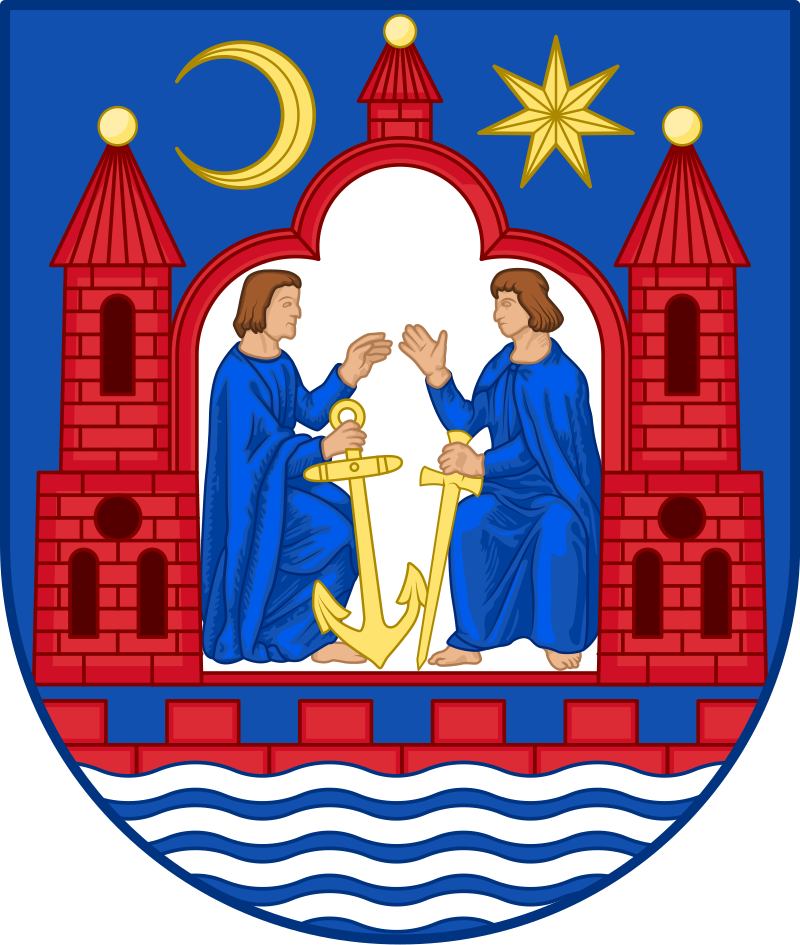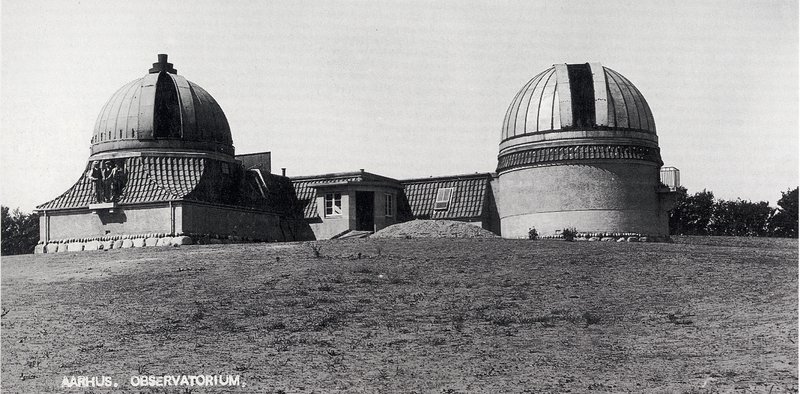
Category of Astronomical Heritage: tangible immovable
Ole Rømer Observatory, Aarhus University, Denmark

Description
Geographical position
Ole Rømer Observatory, Aarhus University, C.F. Møllers Allé 2, Observatorivevejen 1, 8000 Aarhus C, Denmark
See also Danish observatories in or near Copenhagen:
Ole Rømer Tusculanum Observatory, Taastrup (1704)
Rundetårn (Round Tower), Copenhagen, Denmark (1637)
Østervold Observatory, Copenhagen University, Denmark (1861)
New observatory: Brorfelde Observatoriet, Copenhagen University (1953).
Location
Latitude 56.127690° N, Longitude 10.193300° E, Elevation ...m above mean sea level.
IAU observatory code
155
Description of (scientific/cultural/natural) heritage
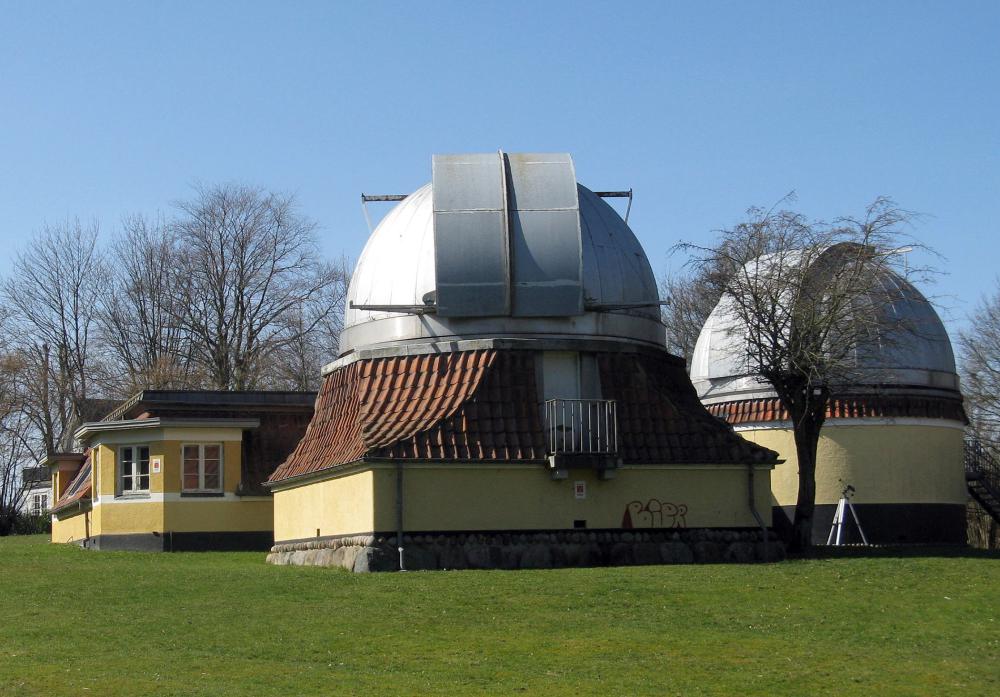
Fig. 1. Ole Rømer Observatory, Aarhus University (1911), (CC3, Nico-dk)
The German astronomer Friedrich Krüger (1864--1916), born in Mecklenburg, had a private observatory in Altenburg in Thuringia. Due to the poor observing conditions, he wanted to move his astronomical observatory to Aarhus; in 1908 Krüger wanted to donate his instruments (a comet finder, an iron observation dome) and a library of astronomical works for a new observatory to the municipality of Aarhus.
The Ole Rømer Observatory, named after Ole Christensen Rømer (1644--1710), born in Aarhus, is located on the hill above Marselisborg Castle. It consists of an observatory building, a central house with a office, workshop and seminar room, in the basement a photographic darkroom and the pendulum clock and devices for timekeeping, and a large director’s villa, everything designed and constructed by the architect Anton Sophus Rosen (1859--1928) in 1909--1911. The architect was inspired by Brahe’s observatory Stjerneborg on Hven.
The entire Aarhus Observatory building is oriented according to the four cardinal points, with the zinc-coated domes to the north and east of the central hall. The exterior architecture shows the Arts and Crafts style (Art Nouveau), with a base of rough stone in two sizes, under plastered walls and a mansard-type tile roof. The director’s residence, the villa, located to the north of the observatory, has an irregular appearance, with a front dormer, its hipped roof, roof terraces, side dormers with a bay window and a porch. The building is plastered and has a characteristic tiled roof.
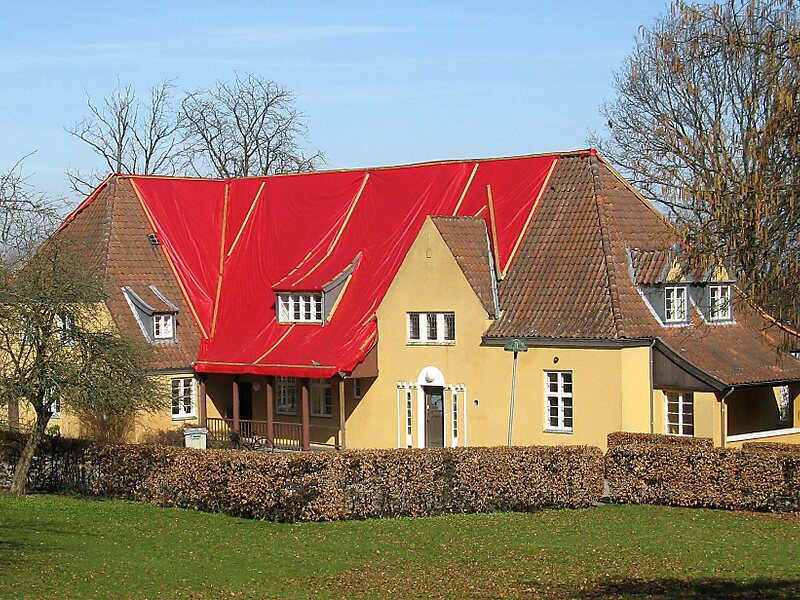
Fig. 2. Director’s Villa of Ole Rømer Observatory (1911), (CC3, Nico-dk)
Krüger became first director of the Aarhus Observatory and lived in his villa. After the defeat to the Germans in 1864, large parts of the Danish population was not friendly to Germans. The observatory was referred to as "a German observation tower" for observing the ships in the Bay of Aarhus. He was also accused to be a spy, especially in World War I. In December 1915 Krüger contracted typhus and died already in January 1916.
After Krüger’s death, the observatory was led by Ruben Andersen until his death in 1955. Research really started with the young assistant Axel Vilfred Nielsen (1902--1970) in 1927, after he got his master of science in 1926. During a solar eclipse in 1936, Nielsen discovered a new star, which was, unfortunately, named after a Russian astronomer who discovered the same star shortly after Nielsen. In 1946 he was promoted to "observing astronomer". A crater on the moon was named after him in 1974.
In 1956 Aarhus University took over the observatory. The Copenhagen astronomer Mogens Rudkjøbing became professor and director of the new astronomical institute.
Between the years 1981 to 1994, the Science History Museum was in Krüger’s villa until the Steno Museum was inaugurated in 1994. In 2012, the villa was changed into a guest house with four apartments, named after the astronomers Aristotle, Tycho Brahe, Copernicus and Kepler.
History
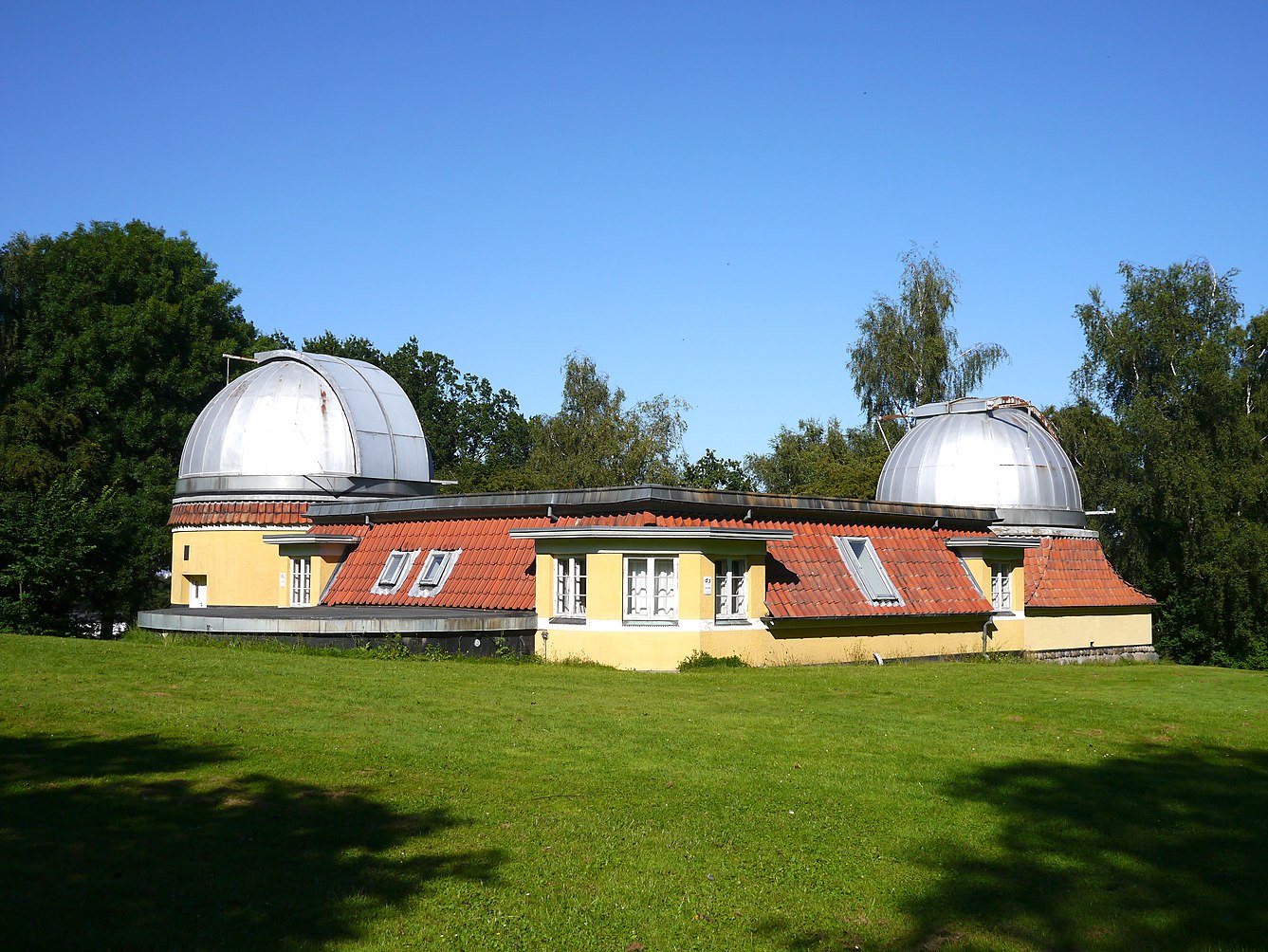
Fig. 3. Ole Rømer Observatory (1911), (Wikipedia)
Instruments
- 50-cm-Cassegrain Reflector, restored in 2013, equipped with a CCD camera, used for research and teaching, observations of asteroids and variable stars in star clusters
- 28-cm-Schmidt-Cassegrain Reflector (11-inch), Celestron (2004), with Canon or video digital cameras, for public outreach, as replacement for the former 40-cm-Cassegrain telescope (observation of the Moon, the planets, star clusters or a galaxy)
- 28-cm-Schmidt-Cassegrain Reflector (11-inch), Celestron (2004), with Canon or video camera, for public outreach, as replacement for the former 50-cm-Cassegrain telescope
- 20-cm-Schmidt-Cassegrain Reflector (8-inch), used for teaching in the School Physics course, and partly for public outreach (observation of lunar or solar eclipses, and sunspots)
- 7-cm-Refractor with an H-alpha filter
Directors
- 1909 to 1916 -- Friedrich Krüger (1864--1916)
- 1916 to 1955 -- Ruben Andersen (ÔÇá1955)
with assistant Axel Vilfred Nielsen (1902--1970) since 1927 - 1956 to .... -- Mogens Rudkjøbing
State of preservation
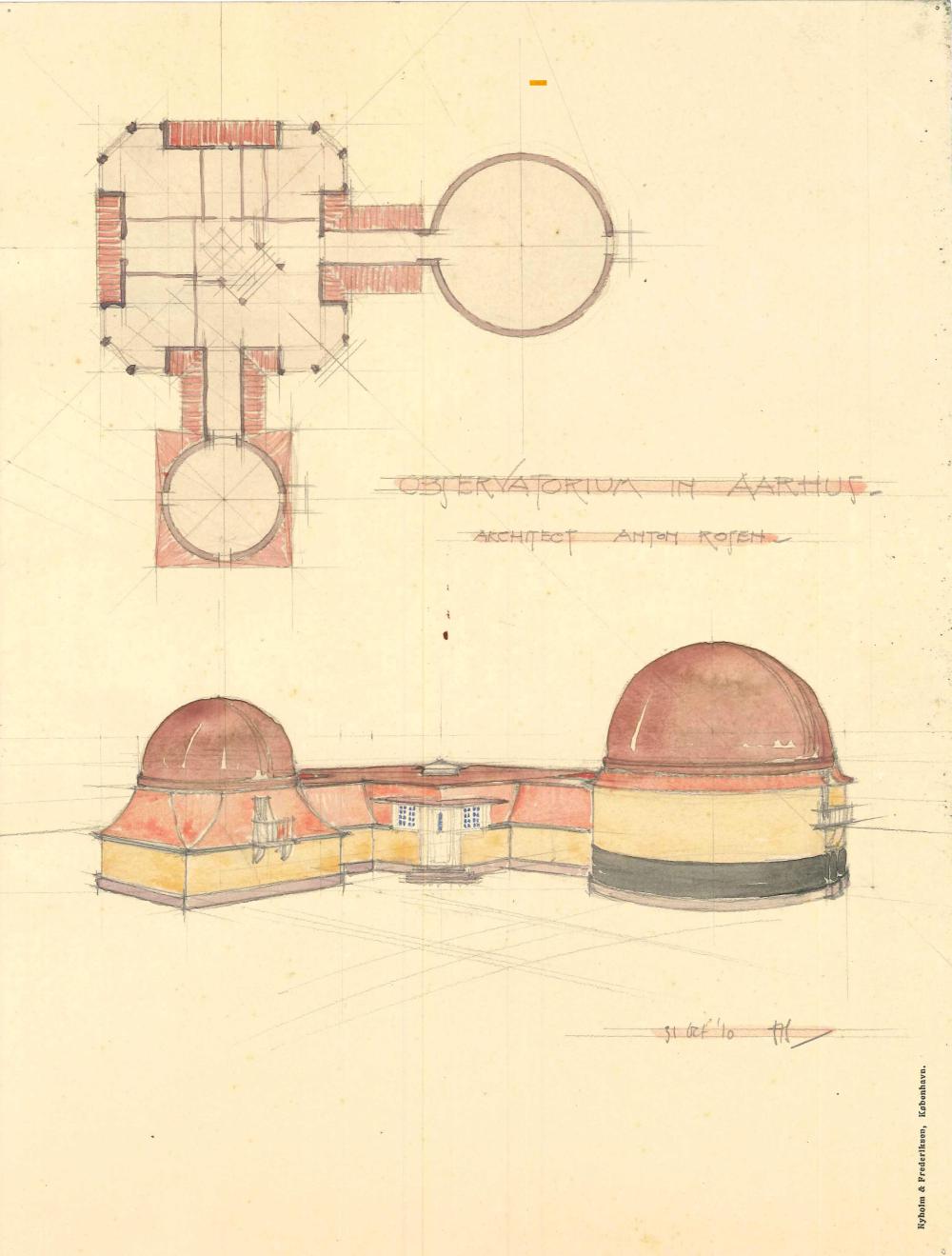
Fig. 4a. Ole Rømer Observatory (Institut for Fysik og Astronomi)
Drawings for the observatory building from 1911 (Sketch collection, Norwegian School of Architecture)
The buildings of the Ole Rømer Observatory were listed in 2006 as a good example of Danish Art Nouveau architecture.
Restoration: The Ole Rømer Observatory receives in 2022 support from the Salling Foundation with DKK 2 million. DKK, the Nordea Foundation with DKK 2 million. and Kongelunden Aarhus with DKK 1 million. The project has previously received support from the Aage and Johanne Louis-Hansen Foundation and Realdania as well as Aarhus University. Thus, the restoration and development of the Ole Rømer Observatory as a new science platform in Aarhus is now fully funded.
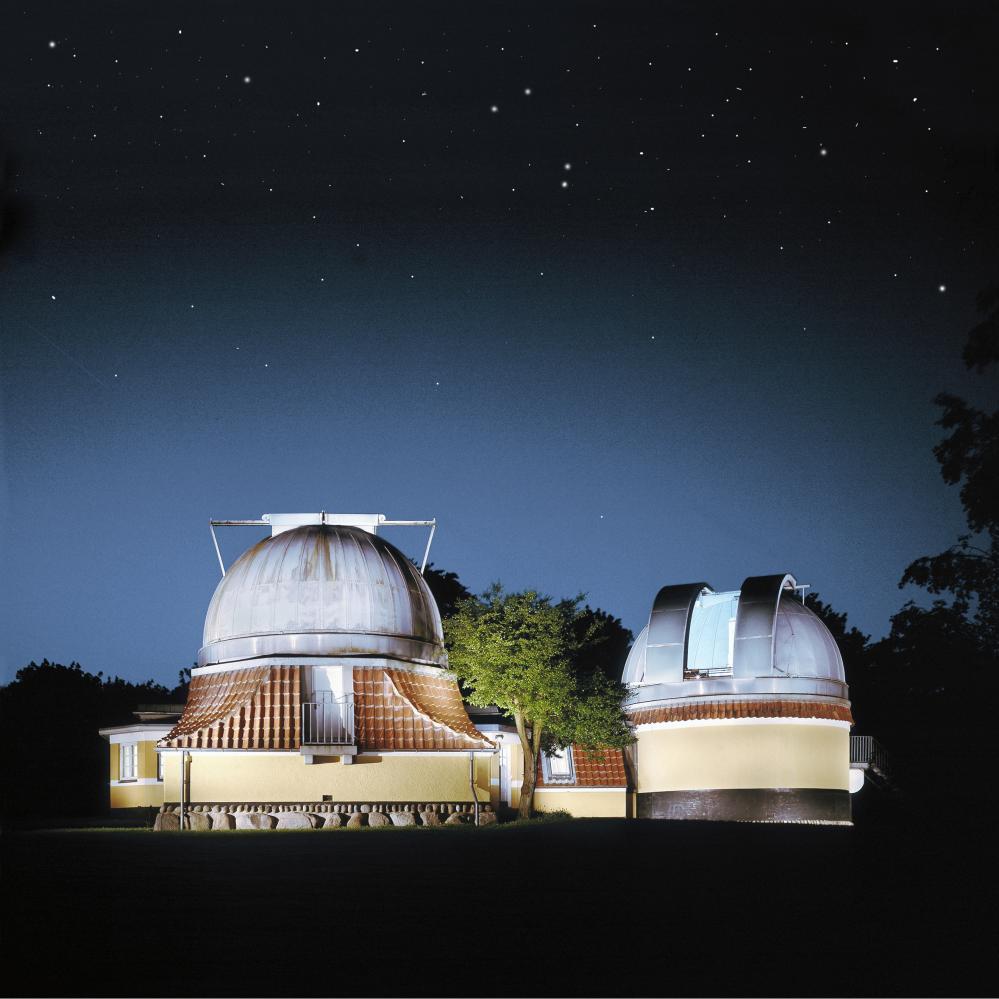
Fig. 4b. Ole Rømer Observatory (Science Museerne)
Comparison with related/similar sites
There exist besides the Ole Rømer Observatory in Aarhus, Denmark (1911), only a few Art Nouveau observatories in the World:
Fabra Observatory, Spain (1904), Ondřejov Observatory (1908), Czech Republic, Observatório Central da UFRGS (Instituto Astronômico e Meteorológico, IAM) in Porto Alegre, Rio Grande do Sul, Brazil (1908), the Pavillon Hirsch (1909/11) of Neuchâtel Observatory, Switzerland.
Threats or potential threats
no threats
Present use
The Ole Rømer Observatory in Aarhus is still in astronomical use.
Astronomical relevance today
In 1974, the Institute of Astronomy moved to the University campus, in the same building as the Institute of Physics, and in 1990 the departments merged to form the Institute of Physics and Astronomy.
The Ole Rømer Observatory in Aarhus is used for research, teaching / education, and public outreach.
References
Bibliography (books and published articles)
- Buhl, Hans; Knudsen, Ole J. & Axel V. Nielsen: Ole Rømer-Observatoriet -- forskning og folkeoplysning i 100 år. Aarhus: Steno Museets Venner 2011 (144 pages).
- Degn, Ole: Da det var nyt i Århus - set i illustrede tidsskrifter 1876-1940. Aarhus: Århus byhistoriske Udvalg, Universitetsforlaget i Aarhus 1970.
- Nielsen, Axel V.: Ole Rømer-Observatoriet -- dets oprindelse og dets første leder. Bearbejdet af J. G. Hansen. Århus (Aarhuus Stifts Årbøger; bind 55) 1962.
Links to external sites
- Institut for Fysik og Astronomi, Observatoriets historie
- Ole Rømer Observatoriet, Danish National Archives, Aarhus Wiki
- Ole Rømer Observatoriet, Observatorievejen 1 og 3, Århus
- Nyhedsbrev fra universitetsledelsen nr. 21/2012 (Newsletter from the university management no. 21/2012)
- Axel Vilfred Nielsen, Aarhus Wiki
- Ole Rømer-Observatoriet i Aarhus skal renoveres for millioner, Jyllands Posten, 07/05/2021
- 17 Million for Science Park in Aarhus (August 24, 2022)
- Ole Rømer-Observatoriet bliver nu renoveret, Institut for Fysik og Astronomi (2022)
No multimedia content published
Currently there is no multimedia content published for this case study








